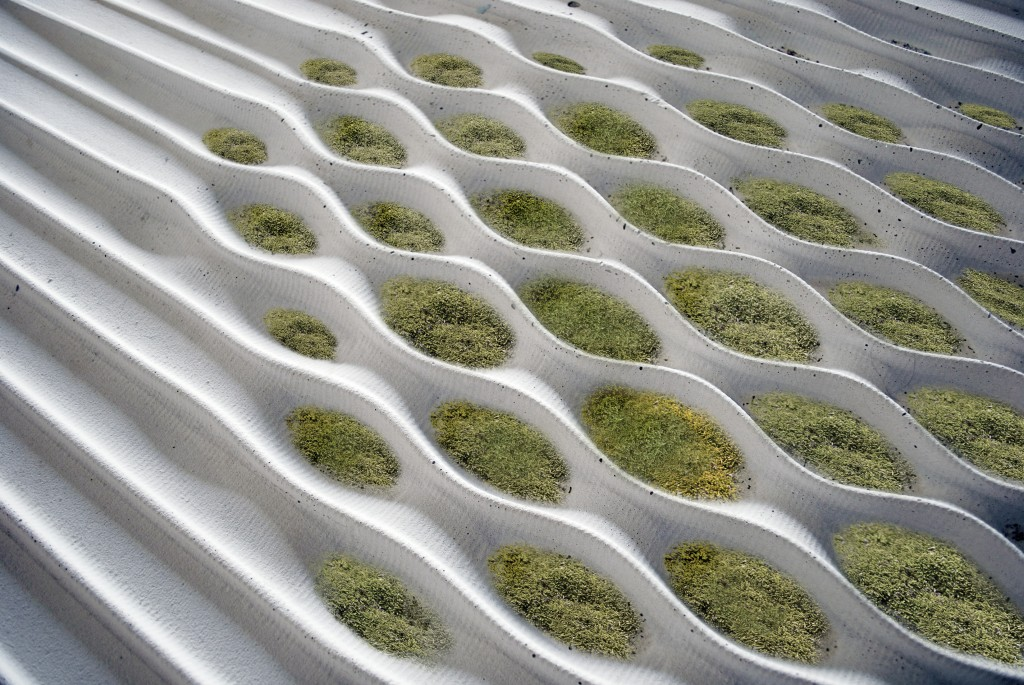Near Surface Ecologies
This note is about lychens, briophytes, biocrusts and other inhabitants of 'near-surface ecologies'. Cf. Moss
Bioreceptive Concrete Facade Panels

- Bio-receptive materials
- Cryptogamic cover surfaces (algae, mosses, lichens, etc.)
For most architects, moss and lichen growing up the side of a structure is a bad sign. Building materials are designed specifically to resist growth, and much research has been done to develop paint treatments and biocides that make sure the concrete and wood and bricks that sheath a building aren’t colonized by living things.
Bryophytes Lichen
8% of land globally is covered by lichen and they are important for c dioxide/oxygen
A Likin' for Lichen - Fact Sheets - Gardening Australia - GARDENING AUSTRALIA (abc.net.au) Cathy Offord to give a talk?
Restoration efforts: I’m “Lichen” the Restoration | (evergreen.edu)
The Gap
The need for a new definition and a distinct type in urban ecology.
Definitions
Composition and Inhabitants
Characteristic Examples
- biofilms
- biocrusts
- soils
- lichens
Notes
Intermediate disturbance hypothesis in gathering moss
Many urban creatures are cliff dwellers. So are mosses. Many more can exist in the cities than in the wild.
Mosses can retain a lot off water in the forest. They release it slowly. Under the sun, the water evaporates gyrating clouds.
Mosses as wild mushrooms have high site fidelity. They cannot be easily relocated. This is also true for the medicinal herbs in Russia.
Cf. the example in Kimmerer.
References
Damaris Torres-Pulliza et al., ‘A Geometric Basis for Surface Habitat Complexity and Biodiversity’, Nature Ecology & Evolution 4, no. 11 (2020): 1495–1501, https://doi.org/10/ghmz6c.
Lynette H. L. Loke and Ryan A. Chisholm, ‘Measuring Habitat Complexity and Spatial Heterogeneity in Ecology’, Ecology Letters, 2022, https://doi.org/10/gqp4p2.
John H. Andrews and Robin F. Harris, ‘The Ecology and Biogeography of Microorganisms on Plant Surfaces’, Annual Review of Phytopathology 38, no. 1 (2000): 145–80, https://doi.org/10/d72m7c.
Backlinks